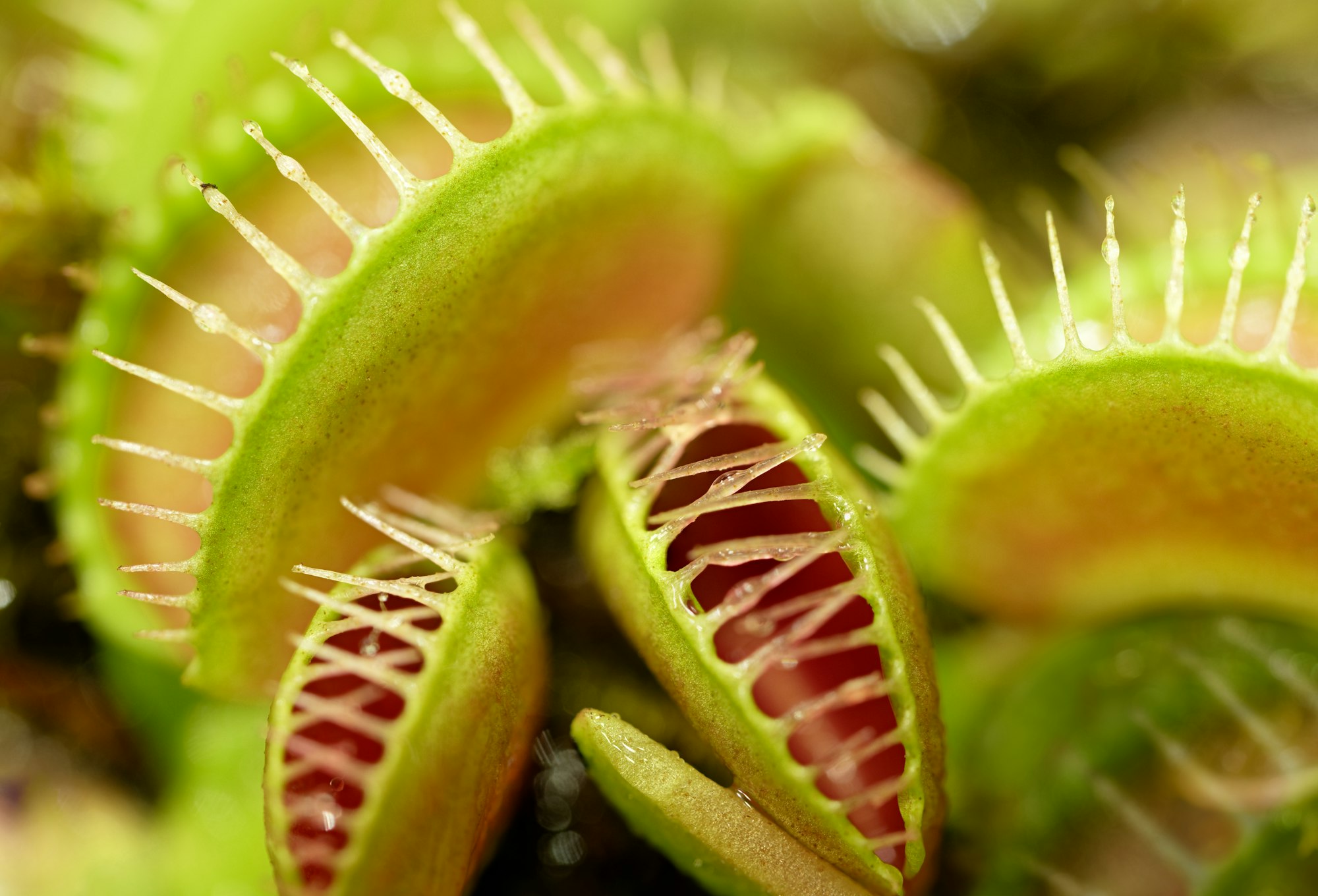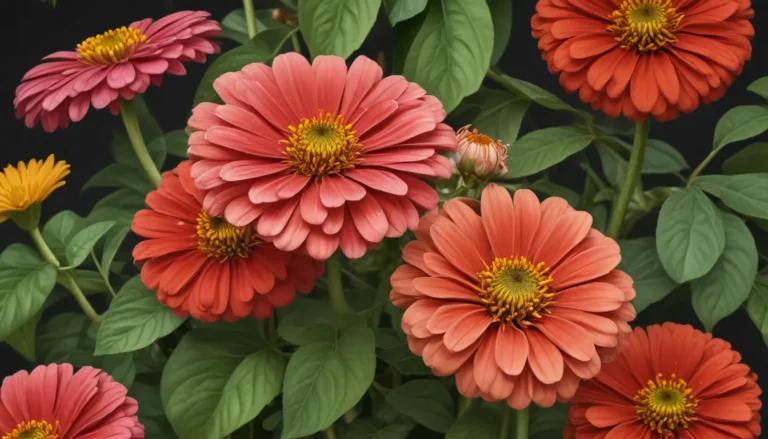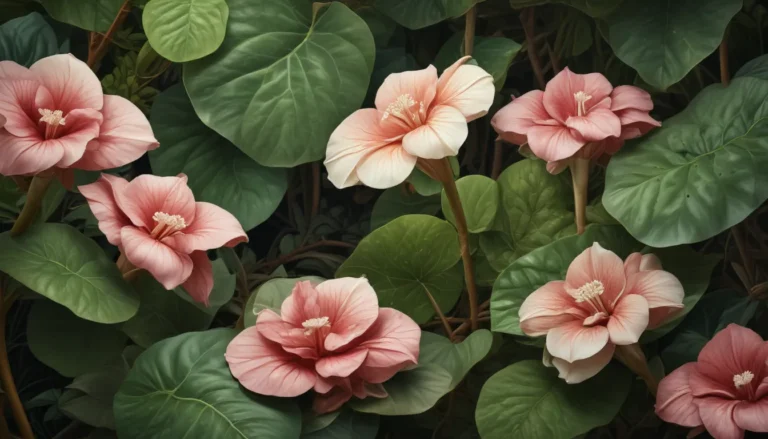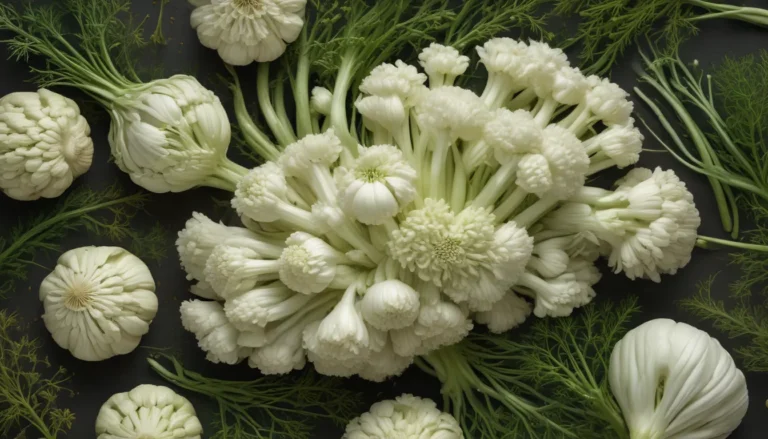The pictures we use in our articles might not show exactly what the words say. We choose these pictures to make you interested in reading more. The pictures work together with the words but don’t take their place. The words still tell you the important facts.
Venus flytraps are among nature's most intriguing creations. These carnivorous plants have captured the imagination of botanists and nature enthusiasts alike with their unique ability to catch and digest prey. In this article, we'll explore 10 fascinating facts about Venus flytraps that will deepen your appreciation for these remarkable plants.
1. A Native of the Carolinas
Contrary to what many believe, Venus flytraps are not tropical plants. They are native to a small area in the coastal regions of North and South Carolina in the United States. Specifically, they're found within a 100-kilometer (60 mi) radius of Wilmington, North Carolina. This limited natural habitat makes them a rare and precious part of the local ecosystem.
2. The Origin of Their Name
The name "Venus flytrap" has an interesting origin. The "Venus" part refers to the Roman goddess of love, while "flytrap" describes its carnivorous nature. Scientifically, it's known as Dionaea muscipula. "Dionaea" means "daughter of Dione," referring to the Greek goddess Aphrodite, and "muscipula" is Latin for both "mousetrap" and "flytrap."
3. A Counting Plant
Believe it or not, Venus flytraps can count! They have a unique mechanism to avoid wasting energy on non-nutritious objects. The trap only closes when an insect touches two of its trigger hairs within 20 seconds. Even more impressively, the plant counts five stimulations before starting to produce digestive enzymes. This counting ability helps ensure that the prey is alive and worth the energy expenditure.
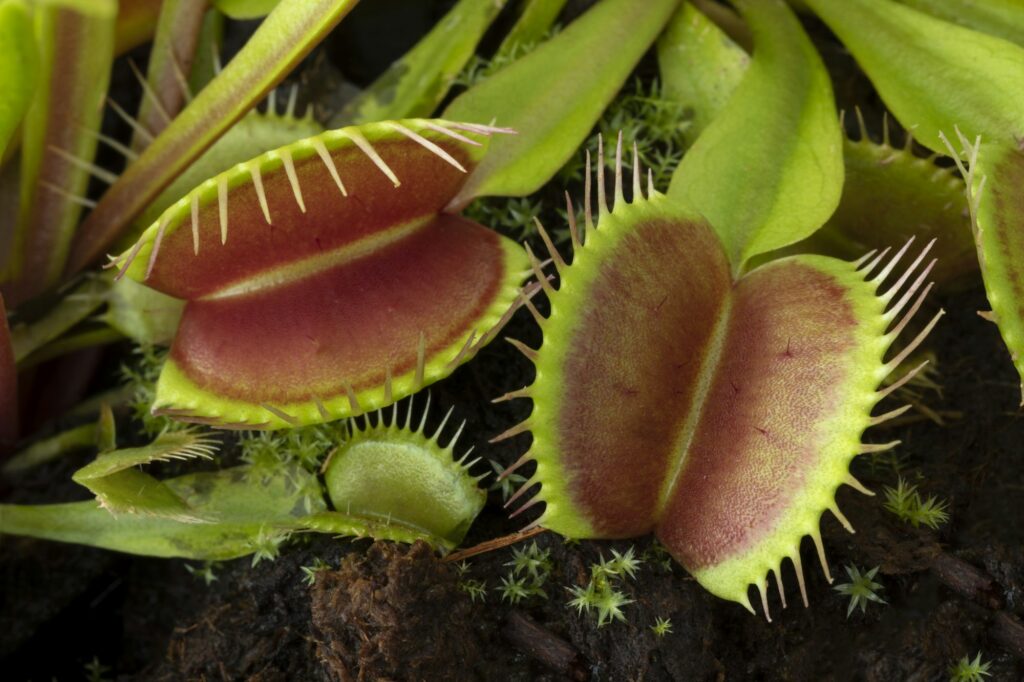
4. Rapid Movement
Venus flytraps are known for their quick-closing traps, but do you know just how fast they are? The traps can snap shut in about one-tenth of a second, making them one of the fastest-moving plants in the world. This rapid response is crucial for catching swift insects before they can escape.
5. A Diverse Diet
While "flytrap" is part of their name, these plants don't limit themselves to flies. Their diet is quite diverse:
- 33% ants
- 30% spiders
- 10% beetles
- 10% grasshoppers
- Less than 5% flying insects
This varied diet allows them to obtain a range of nutrients from different prey.
6. Fire-Dependent Plants
Surprisingly, Venus flytraps thrive in environments that experience regular fires. They require fires every 3-5 years to clear out competing vegetation and maintain their open, sunny habitats. The plants and their seeds can survive these fires, and new seedlings quickly germinate in the nutrient-rich ash left behind.
7. Long-Lived Plants
With proper care, Venus flytraps can live for 20 to 30 years. However, in the wild, their lifespan may be shorter due to environmental factors and the natural cycle of fires in their habitat.
8. A Vulnerable Species
Despite their popularity as houseplants, wild Venus flytraps are facing significant threats. Their population in the wild has decreased by an estimated 93% since 1979. This decline is due to habitat loss, fire suppression, and illegal poaching. As a result, they are currently under review for protection under the Endangered Species Act.
9. Unique Digestion Process
Venus flytraps have a fascinating digestive process. Once prey is caught, the trap seals tightly, creating a "stomach" where digestion occurs. The plant releases enzymes that break down the soft tissues of the insect, leaving behind only the exoskeleton. This process typically takes about ten days.
10. Evolved from Sundews
Evolutionary studies suggest that Venus flytraps evolved from an ancestral form similar to sundews (Drosera). Both belong to the family Droseraceae. The snap trap mechanism is believed to have evolved as an adaptation to capture larger prey, providing more nutrients than the sticky traps of their ancestors.
FAQ About Venus Flytraps
Q: Are Venus flytraps difficult to care for?
A: Venus flytraps require specific conditions but are not overly difficult to care for. They need nutrient-poor soil, distilled water, and plenty of sunlight.
Q: Can Venus flytraps eat human food?
A: No, Venus flytraps should not be fed human food. Their digestive systems are adapted for insects and arachnids. Human food can harm the plant.
Q: How often do Venus flytraps need to eat?
A: In their natural habitat, Venus flytraps may catch insects once every week or two. As houseplants, they can survive long periods without catching prey if they receive adequate sunlight.
Q: Do Venus flytraps die after they close?
A: No, Venus flytraps don't die after closing. Each trap can open and close several times before it eventually dies off and is replaced by a new one.
Venus flytraps are truly remarkable plants that showcase the incredible adaptations that can arise through evolution. From their ability to count to their fire-dependent lifecycle, these carnivorous plants continue to fascinate scientists and plant enthusiasts alike. As we learn more about these unique organisms, it becomes increasingly important to protect their natural habitats and ensure their survival for future generations to study and admire.
Whether you're a budding botanist or simply someone who appreciates the wonders of nature, Venus flytraps offer a captivating glimpse into the diverse and often surprising world of plants. By understanding and appreciating these fascinating creatures, we can better appreciate the importance of preserving biodiversity and the delicate ecosystems that support such unique life forms.
